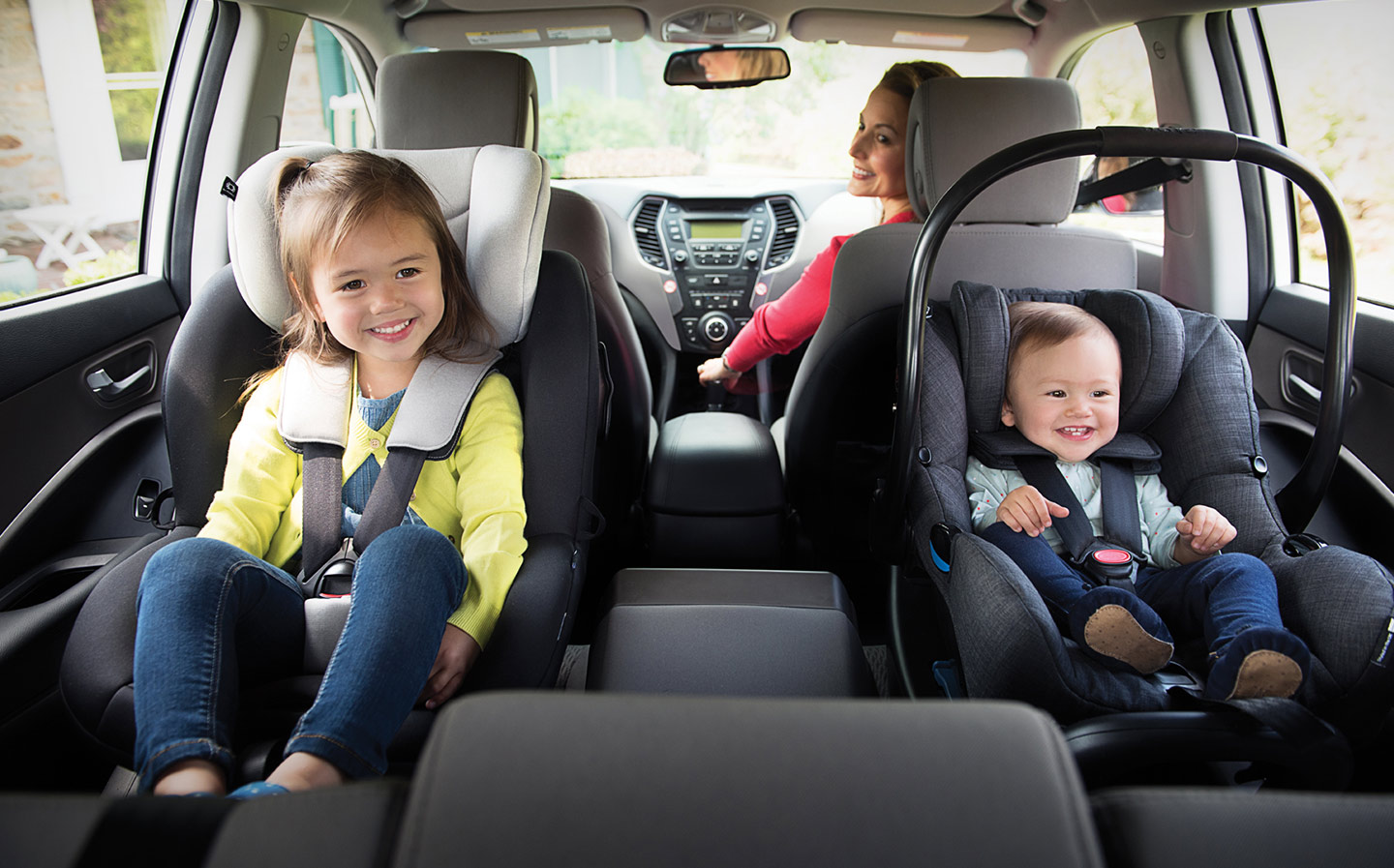How to Install and Use Your Isofix Car Seats with Ease
Install and Use Your Isofix Car Seats with Ease

Choosing a car seat for your little one is a crucial decision for ensuring their safety while traveling. Isofix car seats are known for their secure fit and ease of installation, making them a popular choice among parents. However, understanding how to install and use them can seem daunting at first. In this guide, we’ll walk you through the entire process step-by-step, ensuring that you feel confident about installing and using your Isofix car seat with ease.
What is Isofix?
Before diving into the installation process, it’s important to understand what Isofix is. Isofix stands for “International Standards Organisation Fix,” and it’s an international standard for attachment points for child safety seats in vehicles. Unlike traditional seatbelt installations, Isofix ensures a safer and more stable attachment by using metal anchors built into the car’s frame. This reduces the risk of incorrect installation, giving you peace of mind that your child is securely fastened.
Why Choose an Isofix Car Seat?
There are several reasons why parents opt for Isofix car seats:
- Ease of Installation: Isofix reduces the risk of installing the car seat incorrectly, which is a common problem with seatbelt-fitted car seats.
- Stability: The Isofix system provides a more stable and secure connection, reducing movement during travel.
- Universal Fit: Most modern vehicles are equipped with Isofix anchor points, making it easier to find a car seat that fits.
- Peace of Mind: Isofix reduces human error during installation, offering an extra level of safety for your child.
Steps to Install Your Isofix Car Seat
1. Locate the Isofix Points in Your Vehicle
Isofix points are usually located in the back seats of the car, between the seat cushions. In some vehicles, they may be covered by small caps or markers that indicate their location. If you’re unsure where they are, consult your vehicle’s manual.
2. Prepare the Isofix Car Seat
Most Isofix car seats have connectors or arms that extend from the back of the seat. These are designed to latch onto the Isofix points in your vehicle. Before installation, extend the connectors fully so they’re ready to attach.
3. Attach the Car Seat to the Isofix Points
Slide the connectors on your car seat onto the Isofix anchor points in your car. You should hear a click when the seat is securely attached. Many car seats have indicators (usually green or red) that will show whether the seat is locked in place correctly.
4. Check for Secure Installation
Once the seat is attached, gently shake it to ensure it’s firmly in place. There should be minimal movement, and the indicators should remain green. If the seat moves too much or the indicators show red, remove and reattach it.
5. Install the Top Tether or Support Leg (If Applicable)
Some Isofix car seats come with an additional safety feature, such as a top tether or a support leg. The top tether is a strap that connects the top of the car seat to an anchor point in the vehicle, usually located behind the rear seat or in the trunk. The support leg extends from the base of the car seat to the floor of the vehicle, adding extra stability. Be sure to follow your car seat’s instructions for securing these components.
How to Safely Secure Your Child in the Isofix Car Seat
1. Adjust the Harness
Before placing your child in the seat, adjust the harness straps so they’re at the correct height. The straps should sit at or just above your child’s shoulders for rear-facing seats, and at or just below for forward-facing seats.
2. Place Your Child in the Car Seat
Carefully place your child in the car seat, ensuring they’re sitting comfortably and positioned correctly. The harness should lie flat over their shoulders, with no twists or tangles.
3. Buckle the Harness
Buckle the harness securely, and ensure the chest clip (if your seat has one) is at armpit level. This positioning helps keep the straps in place during travel.
4. Tighten the Harness
Pull the harness adjuster strap to tighten the harness. You should only be able to fit one or two fingers between the harness and your child’s chest. A snug fit is important for ensuring safety in the event of a sudden stop or collision.
The Importance of Regular Checks
Even after installation, it’s important to regularly check that your Isofix car seat remains securely in place. Over time, the seat may shift slightly due to everyday use. Periodic checks ensure that the car seat is always in the correct position and that your child remains safe.
Trusted Excellence for Your Baby’s Needs

Babymore is a trusted British brand known for its high-quality nursery furniture and baby products. With years of experience in the industry, Babymore offers a wide range of award-winning cribs, cot beds, mattresses, prams, pushchairs, and car seats. The brand’s commitment to safety, style, and innovation makes it a go-to choice for parents looking to furnish their nursery and ensure their baby’s comfort and well-being.
Conclusion: Safe and Stress-Free Travel
Installing and using an Isofix car seat doesn’t have to be complicated. By following the steps outlined in this guide, you can ensure that your car seat is installed correctly, giving you peace of mind every time you hit the road. Regular checks, proper harness adjustment, and understanding how the Isofix system works will help keep your child safe during every journey. Remember, safety starts with installation, so take your time, follow the instructions, and enjoy stress-free travel with your little one.




